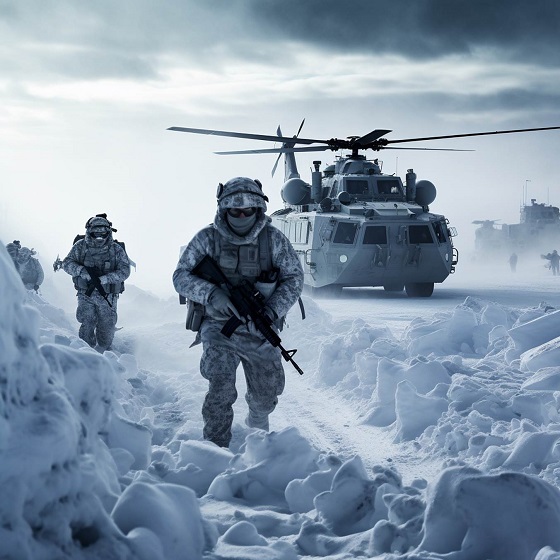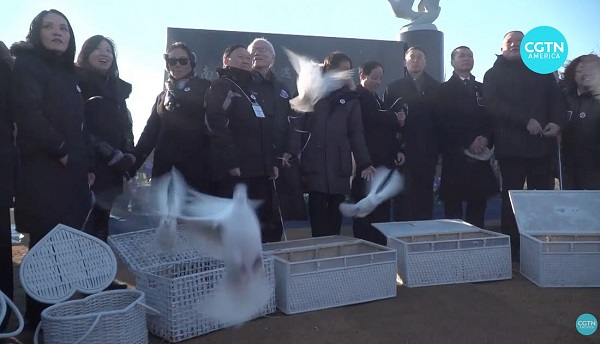International
‘Fingers Being Pointed’: Secret Service’s Explanations For Security Failures Ahead Of Trump Assassination Attempt Aren’t Adding Up
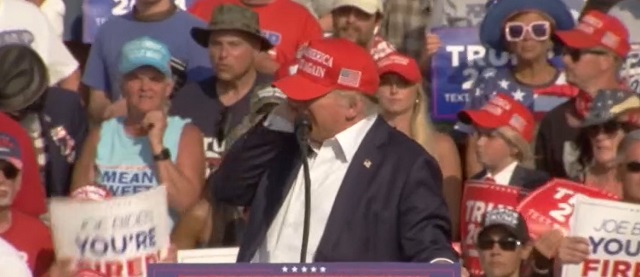
 From the Daily Caller News Foundation
From the Daily Caller News Foundation
Secret Service’s explanations for the security failures surrounding the assassination attempt against former President Donald Trump at a rally on Saturday aren’t adding up, according to security experts and former Secret Service agents.
Emerging details highlight what seems to be a disconnect between local officials and Secret Service, while making it more apparent that there were major oversights. Many key questions hinge on the responsibilities delegated to local police, who U.S. Secret Service Director Kimberly Cheatle confirmed during a Monday interview with ABC News were inside the building the shooter fired from, though nobody was stationed on the rooftop.
Cheatle explained a decision was made not to put anybody on top of the building because the “sloped” roof made it unsafe, but security experts and former Secret Service agents who spoke with the Daily Caller News Foundation emphasized not having someone on the roof was a “big failure” and didn’t believe Cheatle’s explanation was sufficient.
“Let’s just say the local law enforcement officers [and] the Secret Service agree that it’s just not safe to keep someone up there for a couple of hours,” former Secret Service agent Anthony Cangelosi told the DCNF. “Then the question is, well, how do we maintain its integrity otherwise? It’s not like you just throw your hands up and say ‘can’t do that.’”
Cangelosi said there is no “justifiable reason” for failing to cover the roof, suggesting they should have found solutions like putting another platform up or getting an officer on a lift.
Peter Yachmetz, retired FBI agent and principal security consultant at Yachmetz Consulting Group, pointed out that the shooter was moving around on the “unsafe” roof prior to the incident.
“The slope didn’t affect him,” Yachmetz told the DCNF.
JUST IN: USSS director Kim Cheatle says sn*pers weren't on the roof where Thomas Crooks shot from because it was "sloped" and unsafe.
Ironically, the sn*pers who were behind Trump during the rally were on a sloped roof.
"That building in particular has a sloped roof at its… pic.twitter.com/Vg36tXr9rJ
— Collin Rugg (@CollinRugg) July 16, 2024
Law enforcement reportedly spotted the shooter on the roof 30 minutes before shots were fired, WPXI reported Monday. After the incident, a witness described watching a man climbing onto the roof and trying to warn a police officer, claiming officials responded with confusion.
“The reality is, regardless of the spin, that particular roof should have been under constant surveillance and or posted,” former secret service agent Tim Miller told the DCNF.
Here's video of the 20-year-old gunman, on the roof in a prone position, opening fire at the Donald Trump rally in Butler, PA.
Shots ring out and panic ensues before the shooter is himself shot and killed seconds later.
Video acquired by TMZ.
More: https://t.co/72O4XtmVwA pic.twitter.com/t6M8a09fbK— michael j. babcock (@mikejbabcock) July 14, 2024
“In this particular instance, we did share support for that particular site and that the Secret Service was responsible for the inner perimeter,” Cheatle told ABC News Monday during an interview. “And then we sought assistance from our local counterparts for the outer perimeter. There was local police in that building — there was local police in the area that were responsible for the outer perimeter of the building.”
However, a local law enforcement official told The New York Times Tuesday that the local forces were in an adjacent building, not the one the shooter was firing from.
The discrepancies in their accounts only add to the uncertainties surrounding who was responsible.
CBS News reported Monday that there were three snipers stationed inside the building shooter Thomas Matthew Crooks fired from, citing a local law enforcement officer. One of the snipers saw Crooks looking through a rangefinder in the minutes before he fired and radioed command post, according to CBS News.
The Butler Township Police Department declined to confirm the report to the DCNF, stating that there is an ongoing investigation by the FBI.
Butler County Sheriff Michael Slupe declined to offer additional comments Tuesday, telling the DCNF he is “backing away from media requests for comment and opinions.”
“There are too many questions being posed that I do not have first hand knowledge of and too many fingers being pointed,” he said. “I am in charge of the Deputy Sheriffs and no other law enforcement agency. My Deputies performed their duties at their assigned areas and went above and beyond after the shooting started and ended in the their actions to help people and assist police in clearing the nearby buildings.”
Slupe previously confirmed to CNN that an armed Butler Township officer encountered Crooks before he shot at Trump, but retreated down the ladder after Crooks pointed his gun at him. He told KDKA-TV there was a security failure, but noted “there is not just one entity responsible.”
“The Secret Service plays a key role in protecting, in this case, former President Trump, but they don’t act alone,” he told the outlet. “The Secret Service receives support from local police departments.”
#NEW: CBS News just learned the image circulating online of the U.S. Secret Service counter sniper team is not the team that neutralized the gunman, per Secret Service spokesman. The sniper that killed Crooks with 1 shot was in yellow area on below diagram. @CBSNews @KDKA pic.twitter.com/XE1QEShR7P
— MEGHAN SCHILLER (@MeghanKDKA) July 16, 2024
Pennsylvania State Police, however, did confirm they had no members “inside the building or staging in it.”
“The Pennsylvania State Police provided all resources that the United States Secret Service (USSS) requested for former President Trump’s rally in Butler on Saturday, July 13th, including approximately 30 to 40 troopers to assist with securing the inside perimeter,” Pennsylvania State Police Lieutenant Adam Reed told the DCNF. “Among PSP’s duties at the rally, the Department was not responsible for securing the building or property at AGR International.”
Reed said he could not say when an officer witnessed the shooter, as it was not a state trooper who saw him.
WATCH: Trump raises fist to crowd after shots were fired at his rally in PA.
— Daily Caller (@DailyCaller) July 13, 2024
Former secret service agent Jeffrey James explained to the DCNF that protection “works in a series of concentric circles.” Typically, there is an inner circle of secret service agents, a second circle that mixes both agents and local law enforcement, and an outer ring that is largely state and local partners.
If the agent in charge of the site told a local law enforcement officer on the outer perimeter that the building is his responsibility, then anything that happens is on the officer.
“But if that agent didn’t find one of the local law enforcement partners and give very clear, direct directions…then it’s going to be the responsibility or the fault of that agent for not delegating that,” he told the DCNF.
It’s unclear what instructions the Secret Service gave to local law enforcement.
Butler County District Attorney Richard Goldinger told The Washington Post Tuesday that “Secret Service was in charge” and that “it was their responsibility to make sure that the venue and the surrounding area was secure.”
“For them to blame local law enforcement is them passing the blame when they hold the blame, in my opinion,” Goldinger told The Washington Post.
However, the Secret Service released a statement on Tuesday pushing back against assertions that they were blaming local law enforcement for the tragedy that unfolded on Saturday. “Any news suggesting the Secret Service is blaming local law enforcement for Saturday’s incident is simply not true,” the statement posted to the Secret Service’s X page said.
“I am having difficulty reconciling the answer the Director gave in her ABC interview with the official statement made on social media,” Patrick Yoes, national president of the Fraternal Order of Police, said in a press release on Tuesday. “Our goal is to provide whatever assistance the Secret Service needs to perform their mission and to do so with mutual respect, trust, and accuracy.”
A RealClearPolitics report suggested Sunday that resources were diverted away from Trump’s rally to an event where First Lady Jill Biden was speaking. Anthony Guglielmi, chief of communications for the United States Secret Service, denied this was the case.
Questions also remain about why Crooks was not taken out sooner. Cangelosi explained to the DCNF that counter-snipers can face challenges due to their distance from the target.
“With counter snipers, you’re usually so far away, it’s not usually clear whether an individual is an imminent threat, ” Cangelosi said. “It’s harder to discern. Once they discern whether that person is a threat to life or serious bodily injury, they can take the shot.”
Yachmetz questioned why drone coverage was not utilized.
“A drone strategically placed a few thousand feet above could have oversaw the entire venue,” he said.
“In my opinion, a detailed, in-depth very specific investigation must be conducted of all procedures [and] this entire matter by a non-biased outside investigative group (possibly of retired agents),” Yachmetz told the DCNF, emphasizing the investigation must not be “politically motivated.”
House Committee on Oversight and Accountability Chairman James Comer announced Monday that Cheatle would testify at a committee hearing on July 22. President Joe Biden said Sunday that he directed an “independent review” of the events.
The FBI told the DCNF it has “nothing additional to provide at this time beyond previously-issued statements.” The Bureau said Monday that it gained access to Crooks’ phone and “has conducted nearly 100 interviews of law enforcement personnel, event attendees, and other witnesses.”
Trump suffered a wound to his ear, and two were killed, including Crooks and 50-year-old ex-volunteer fire chief, Corey Comperatore. Two other attendees were also wounded the attack.
Secret Service did not respond to a request for comment.
Wallace White and Owen Klinsky contributed to this report.
Featured image credit: (Screen Capture/CSPAN)
Censorship Industrial Complex
US Under Secretary of State Slams UK and EU Over Online Speech Regulation, Announces Release of Files on Past Censorship Efforts
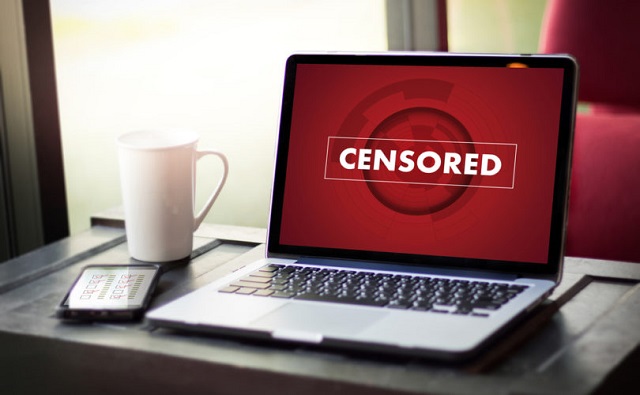
Sarah Rogers’ comments draw a new line in the sand between America’s First Amendment and Europe’s tightening grip on online speech.
|
|
Business
Largest fraud in US history? Independent Journalist visits numerous daycare centres with no children, revealing massive scam

A young journalist has uncovered perhaps the largest fraud scheme in US history.
He certainly isn’t a polished reporter with many years of experience, but 23 year old independent journalist Nick Shirley seems to be getting the job done. Shirley has released an incredible video which appears to outline fraud after fraud after fraud in what appears to be a massive taxpayer funded scheme involving up to $9 Billion Dollars.
In one day of traveling around Minneapolis-St. Paul, Shirley appears to uncover over $100 million in fraudulent operations.
🚨 Here is the full 42 minutes of my crew and I exposing Minnesota fraud, this might be my most important work yet. We uncovered over $110,000,000 in ONE day. Like it and share it around like wildfire! Its time to hold these corrupt politicians and fraudsters accountable
We ALL… pic.twitter.com/E3Penx2o7a
— Nick shirley (@nickshirleyy) December 26, 2025
-
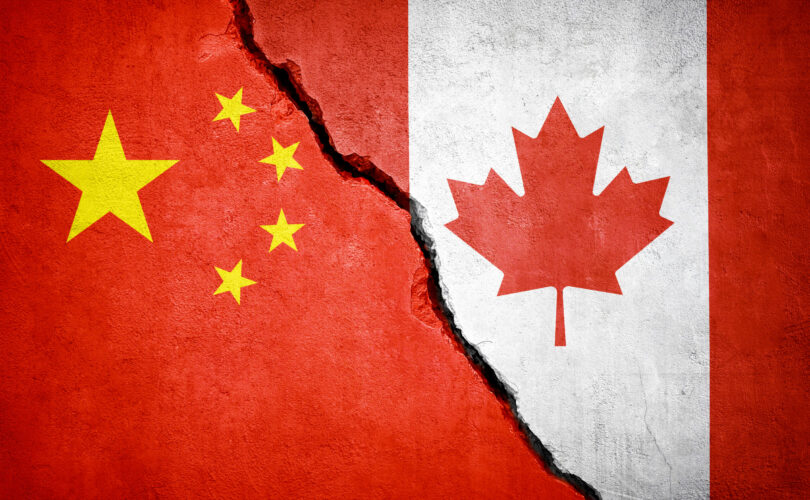
 International19 hours ago
International19 hours agoOttawa is still dodging the China interference threat
-

 Business17 hours ago
Business17 hours agoThere’s No Bias at CBC News, You Say? Well, OK…
-
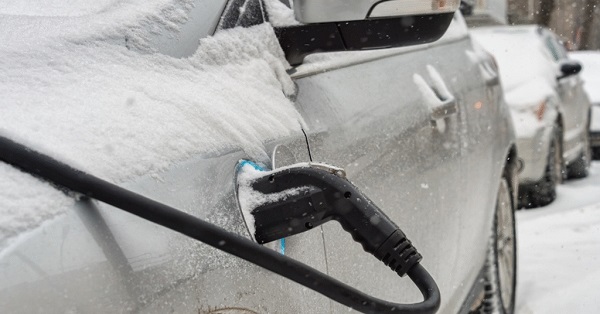
 Automotive16 hours ago
Automotive16 hours agoCanada’s EV gamble is starting to backfire
-
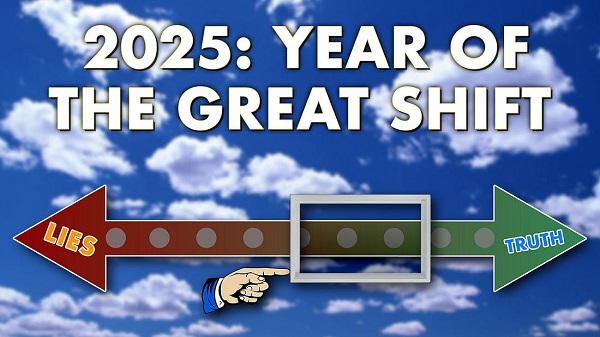
 International18 hours ago
International18 hours ago2025: The Year The Narrative Changed
-
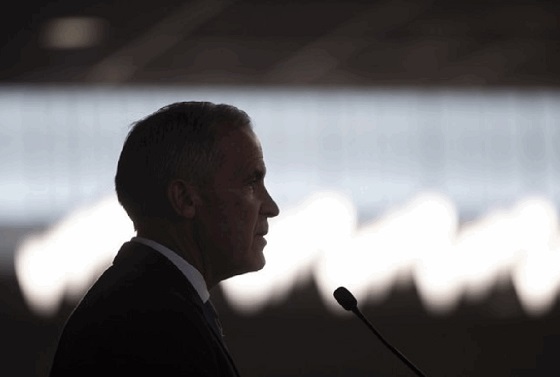
 Fraser Institute2 days ago
Fraser Institute2 days agoCarney government sowing seeds for corruption in Ottawa
-
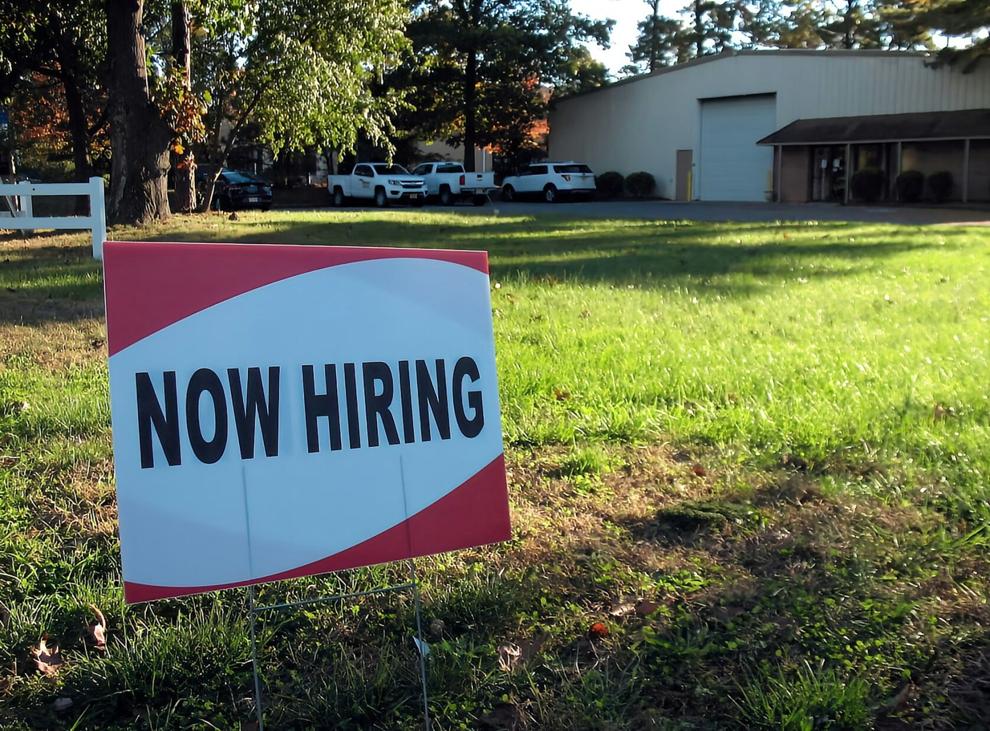
 Business1 day ago
Business1 day agoResidents in economically free states reap the rewards
-

 Alberta1 day ago
Alberta1 day agoAlberta project would be “the biggest carbon capture and storage project in the world”
-

 Alberta2 days ago
Alberta2 days agoAlberta Next Panel calls for less Ottawa—and it could pay off





